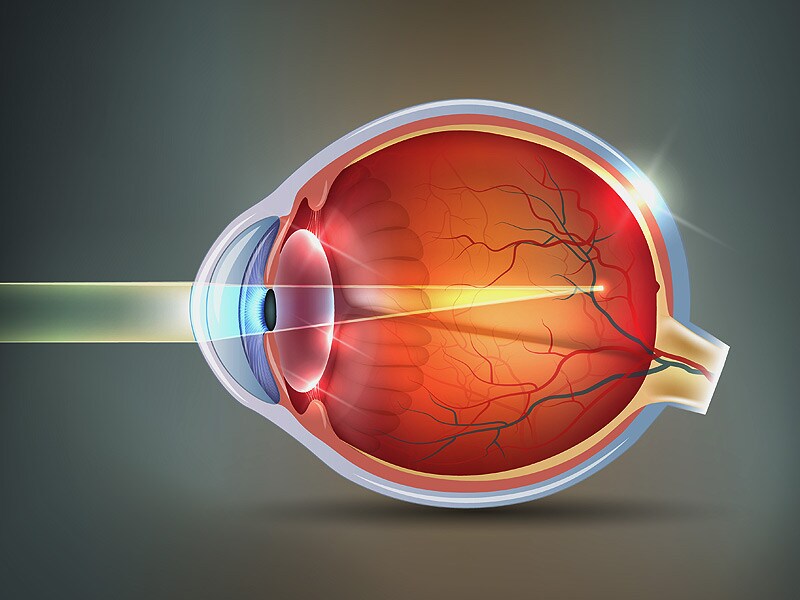The prevalence of myopia, or nearsightedness, is on the rise among children in the United States and globally. This growing concern among ophthalmologists highlights the potential for increased vision loss later in life due to high myopia, which can lead to conditions like retinal detachment and glaucoma.
In an effort to address this issue, researchers have been exploring new treatments to slow the progression of myopia in children. Low-dose atropine has shown promise in significantly slowing myopia progression based on compelling evidence primarily from studies conducted in East Asia. However, a recent US-based study yielded mixed results, emphasizing the need for further research on the use of atropine in treating myopia.
At the 127th annual meeting of the American Academy of Ophthalmology (AAO 2023), three new studies will be presented, shedding light on the potential benefits of low-dose atropine in slowing myopia in children. One of the studies, conducted by Dr. Bell, analyzed data from the three-year, placebo-controlled international Phase III CHAMP (Childhood Atropine for Myopia Progression) clinical study. The results of this analysis showed that a low-dose, preservative-free formulation of atropine effectively slowed myopia progression in children aged 3 to 17 in the US and European Union.
The study included children with a spherical equivalent refraction ranging from -0.50 D to -6.00 D, who were given either a daily placebo or a proprietary formulation of low-dose atropine. The analysis revealed that the proportion of responders in the atropine group, compared to the placebo group, was 31.6%/21.3% (<0.50 D, P = .007), 42.8%/29.4% (<0.75 D, P = .001), and 54.8%/43% (<1.00 D, P = .006) at the end of the three years.
The US Food and Drug Administration (FDA) has accepted a new drug application for the investigational drug used in this study, and a decision on its approval is expected in January 2024.
In addition to Dr. Bell’s study, other notable studies presented at AAO 2023 highlighted the factors associated with myopia progression in children aged 5 to 12, showing that low-dose atropine is most effective in children under 10 with greater baseline myopia. The study also found that race, sex, and iris color were not predictors of atropine’s success rate.
Another study, the Five-Year Clinical Trial of Low-Concentration Atropine for Myopia Progression (LAMP) Study: Phase 4 Report, provided an extension of the original LAMP trial. This five-year study followed 257 children in China, aged 4 to 12, who received a higher-dose atropine (0.05%). The researchers concluded that the higher dose was effective and suggested that older children with stable progression could consider as-needed treatment.
While these studies provide promising insights into the potential of low-dose atropine in slowing myopia in children, further research is still needed. The American Academy of Ophthalmology’s EyeSmart website offers up-to-date information on this important public health topic. Additionally, resources are available to educate the public about the increasing prevalence of myopia.
Note:
- Source: Coherent Market Insights, Public sources, Desk research
- We have leveraged AI tools to mine information and compile it



